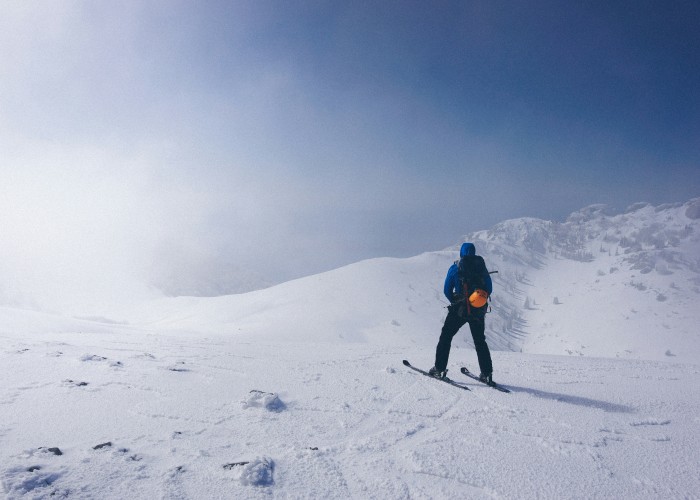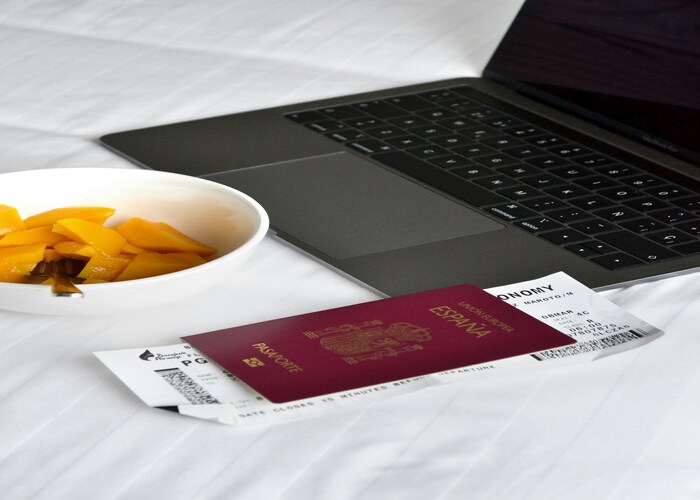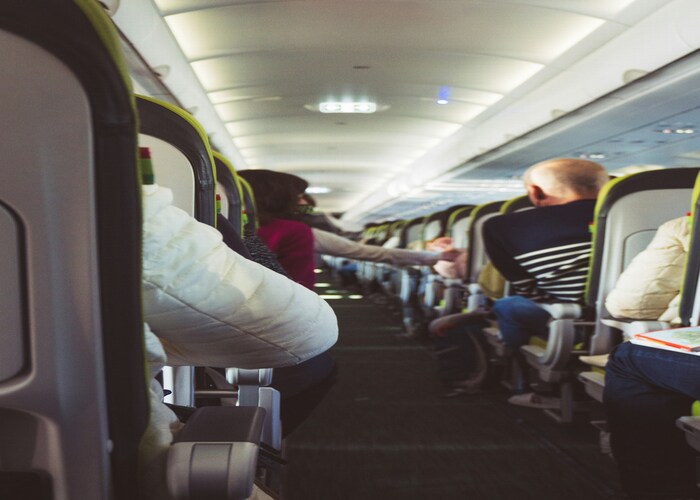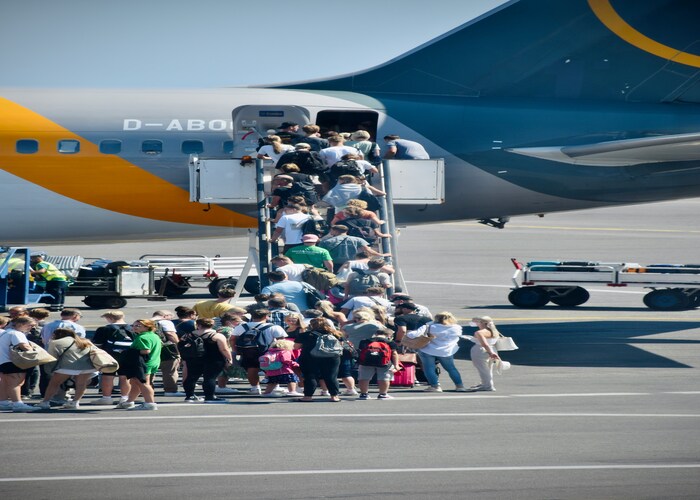Planning a springtime escape to the Alps can feel like walking a tightrope—snow-covered peaks in one direction, blooming valleys in the other. If you’re visiting in March or April, dressing right becomes a key part of enjoying your trip. Whether you’re exploring the region through a Switzerland tour package or just venturing out on your own, packing the right clothes means you’ll stay warm, dry, and comfortable—without overpacking. What to Wear in the Alps in March & April.
This guide is here to simplify your planning. Based on the unique mix of alpine climate, travel practicalities, and spring transitions, we’ll break down exactly what to wear in the Alps during March and April—with real-world, no-fluff advice.
You’ll also find useful tips woven around relevant keywords like swiss holidays packages, swiss trip package, and vacation packages to switzerland to help you plan your wardrobe as part of your broader travel strategy.
Understanding the Alpine Weather in March & April
The weather in the Alps during March and April is a mix of seasons. High up in the mountains, it’s still winter—cold, snowy, and windy. But down in the valleys or lower-altitude cities like Lucerne, Interlaken, or Geneva, you’ll notice signs of spring: milder temperatures, blooming flowers, and longer days.
Here’s a general idea of what you’re dealing with:
- March in the Alps: Still considered part of winter in higher altitudes. Expect snow in ski resorts like Zermatt, St. Moritz, or Jungfrau. Average daytime temperatures range from -5°C to 5°C depending on elevation.
- April in the Alps: Snow starts melting at lower levels, while the ski season lingers in higher regions. Daytime temps range from 2°C to 10°C, but nights can still dip below freezing.
If you’re planning a switzerland europe tour, these temperature shifts mean smart packing is essential.
Key Principles: Dress in Layers
No matter what month you visit, layering is your best friend in the Alps. The weather can flip in minutes—sunshine in the morning, snow flurries by afternoon. You’ll be walking through villages, hiking trails, taking cable cars, and maybe even skiing. Your clothing needs to adapt.
Here’s the ideal 3-layer system:
1. Base Layer – Moisture Wicking
This is the layer that sits against your skin. Its job is to wick away sweat, not keep you warm.
- Men/Women: Thermal tops and leggings (preferably merino wool or synthetic)
- Avoid: Cotton—it traps moisture and will make you cold
2. Mid Layer – Insulation
This is your warmth layer. You can adjust it depending on the day’s temperature.
- Options: Fleece jacket, insulated sweater, down vest
- You can wear thicker versions in March, lighter ones in April
3. Outer Layer – Waterproof/Windproof Shell
This is your weather shield. It keeps wind, snow, and rain off your body.
- Essentials: Hardshell or softshell jacket with a hood
- Water-resistant ski pants or trekking pants if you’re doing snow-based activities
Packing these three types of layers gives you flexibility across activities and climates—whether you’re strolling through Zurich or skiing in Verbier as part of your swiss tour packages plan.
Footwear: Function Over Fashion
When it comes to shoes, the Alps in spring are no place for impractical choices.
1. Waterproof Hiking Boots
For anyone planning light trekking, train travel, or exploring towns like Grindelwald or Lauterbrunnen, these are a must. Snowmelt in April means trails are often muddy or slushy.
2. Insulated Snow Boots
If you’re heading into snow zones or planning winter sports, snow boots with insulation will keep you warm and dry.
3. Casual Shoes
For cities like Geneva, Basel, or Lucerne, you can pack a pair of sneakers or casual shoes—just make sure they have good grip and are weatherproof.
A mix of one sturdy hiking pair and one lighter casual shoe usually covers most needs. Travelers designing a package trip to switzerland often benefit from bringing fewer but versatile options. What to Wear in the Alps in March & April.
What to Wear During the Day (By Activity)
A. For Sightseeing in Towns or Cities
- Base layer (long sleeve)
- Light fleece or sweater
- Insulated jacket or shell (especially in March)
- Jeans or lined trousers
- Waterproof shoes or hiking boots
Bonus tip: A stylish wool beanie or scarf keeps you warm and blends into Swiss style.
B. For Snow Activities (Skiing, Snowboarding, Sledging)
- Thermal base layer (top and bottom)
- Fleece or ski mid-layer
- Waterproof ski jacket and pants
- Gloves, helmet, ski goggles, neck warmer
- Snow boots or ski boots
Even if you’re not planning to ski, some switzerland land tour package options include snowy destinations like Engelberg or Gstaad—so pack accordingly.
C. For Hiking or Mountain Excursions
- Breathable base layer
- Light fleece or down vest
- Softshell jacket (wind/water-resistant)
- Trekking pants (quick-dry)
- Hiking boots
- Hat and gloves
Snow can still be on the trails through April, so don’t assume warm = dry. Even with switzerland visit package itineraries that include nature walks, weather safety is key.
Accessories That Make a Difference
Don’t underestimate the power of the small things. These accessories don’t take much space but will make your trip far more comfortable:
- Hat/Beanie: Keeps warmth in during cold mornings
- Gloves: Insulated ones for snow; lighter ones for everyday wear
- Neck gaiter or scarf: Wind protection and warmth
- Sunglasses: Alpine sun reflects off snow—even in April
- Sunscreen and lip balm: Yes, even in cold weather. The UV exposure in the Alps is real.
- Small backpack: For layers, snacks, and water while exploring
Travelers using a vacation packages to switzerland plan often forget these items until they’re freezing on a gondola or sunburned halfway up Mount Titlis. What to Wear in the Alps in March & April.
What to Avoid Packing
Packing smart also means knowing what to leave behind. Here’s what you don’t need:
- Heavy winter coats: Too bulky and often overkill when layered right
- High heels or fancy shoes: Impractical on cobblestones or slushy paths
- Too many jeans: They don’t dry quickly and are heavy when wet
- Cotton thermals: These get damp easily and won’t insulate
Think utility, not just aesthetics. It’s more about performance clothing that can do double-duty—especially if your swiss trip package includes both city tours and alpine fun.
Packing Tips for Couples and Families
If you’re traveling with your partner or kids under a switzerland couple package or family trip idea, coordinating clothing can help reduce luggage bulk.
- Share items like neck warmers, hats, or sunscreen
- Bring layers that can mix and match
- Use packing cubes to organize cold-weather gear separately
Also, consider laundry facilities in hotels or Airbnbs to reduce overpacking.
Sample Packing List (March/April, 1 Week)
Here’s a simple 7-day packing example suitable for most switzerland travel packages in early spring:
Clothing:
- 3 base layers (tops)
- 2 thermal leggings or long johns
- 2 fleece or warm sweaters
- 1 light insulated jacket
- 1 waterproof shell jacket
- 2 pairs of weatherproof pants
- 1 pair of jeans or casual trousers
- 1 pair of hiking boots
- 1 pair of sneakers or walking shoes
Accessories:
- Beanie or hat
- Gloves
- Sunglasses
- Scarf or neck gaiter
- Daypack
- Undergarments and socks (preferably wool)
This list keeps you ready for mountains and cities alike, balancing comfort and function.
Why Dressing Right Enhances the Experience
You don’t want to be that traveler caught in a spring snowstorm with canvas shoes or freezing in the wind without gloves. Dressing appropriately means:
- Enjoying longer hikes without fatigue
- Staying dry in surprise rain
- Feeling confident whether you’re in a village or a mountain resort
- Making the most of a switzerland holiday package itinerary
Comfort directly affects how much you enjoy your trip—especially in a region where weather plays such a big role.
Final Thoughts: Pack Smart, Not Heavy
Packing for the Alps in March and April doesn’t need to be overwhelming. A few quality layers, good shoes, and the right accessories will cover almost every situation you’ll face—from glacier views to lakeside cafés. Whether you’re following a detailed swiss holidays packages route or just exploring with your own map in hand, being prepared means less stress and more memories. What to Wear in the Alps in March & April.






Leave a Reply